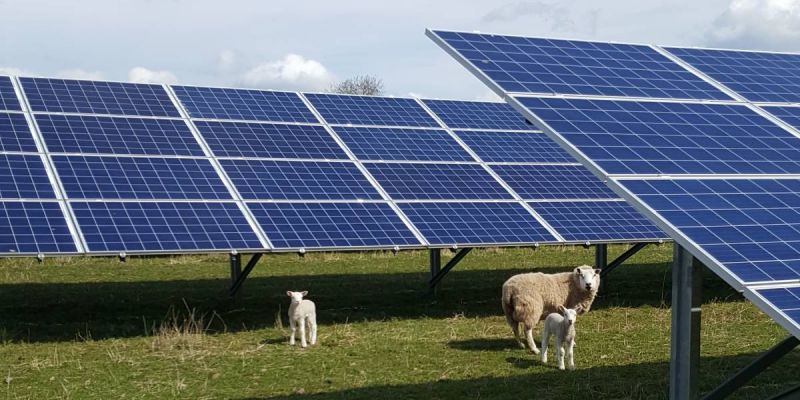Investment Committees of the Future: Panel Session
Event
ALUMNI SESSION: A panel of investment committee members answer your questions. Join us to understand more about how investment committees actually work, overcoming imposter syndrome and practical advice from leaders using their voice in the decision making process.






